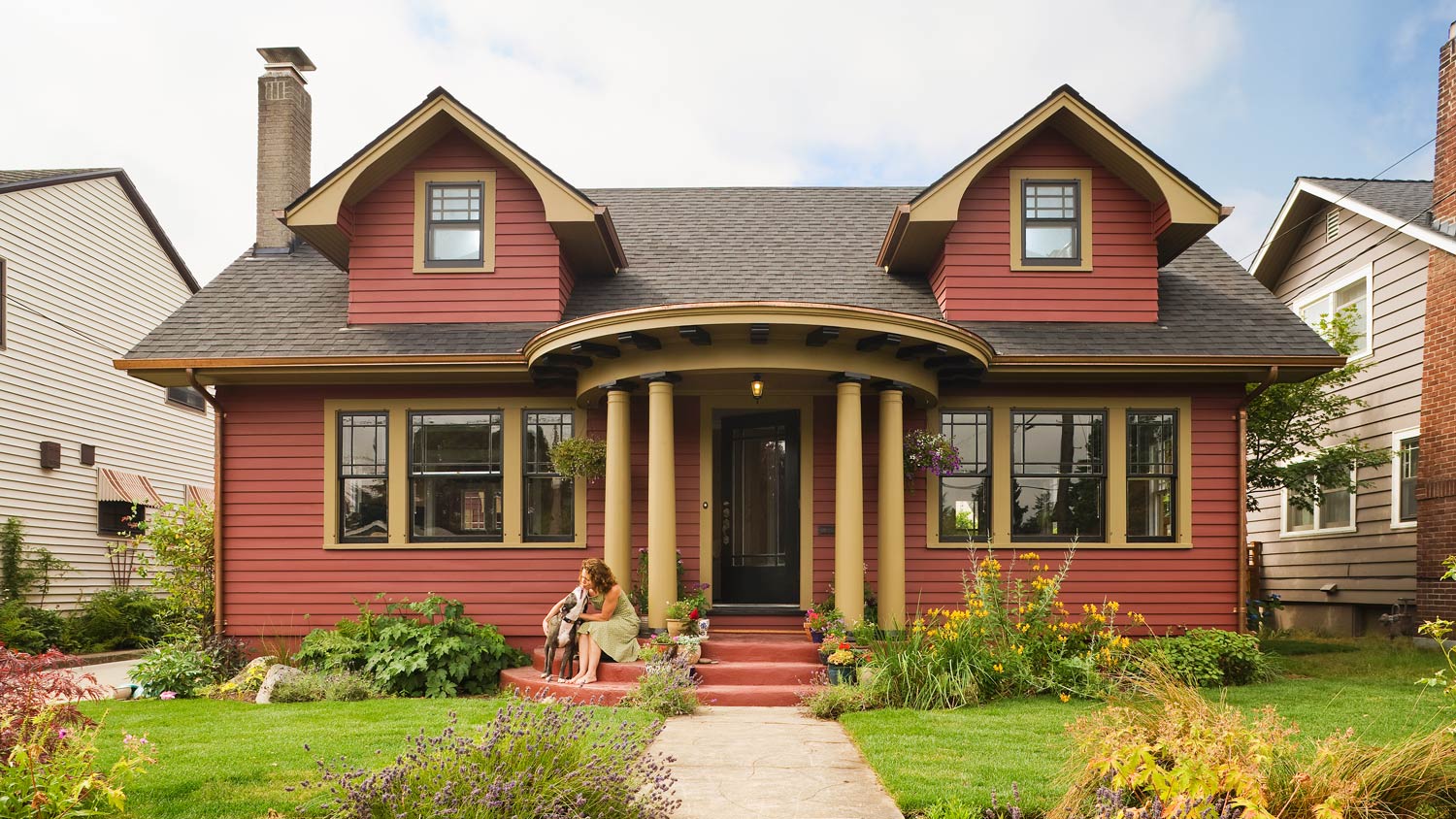
Get matched with top masons in Kaunakakai, HI
Enter your ZIP and get matched with up to 5 pros
Need a pro for your masonry work project in Kaunakakai, HI?
Find Masons in Kaunakakai

Master Finish Concrete & Construction
Master Finish Concrete & Construction
We are a client-driven company whose main focus is partnering with our clients to provide added-value to projects of varying scope and complexity.
We are a client-driven company whose main focus is partnering with our clients to provide added-value to projects of varying scope and complexity.
The Kaunakakai, HI homeowners’ guide to masonry services
From average costs to expert advice, get all the answers you need to get your job done.

Door or window lintel replacement costs $400 on average, but there are ways you can save. On the other hand, complicated work will increase costs considerably.

The cost to brick a house depends on several factors, like labor costs, home size, and brick types. Use our guide to estimate your bricking costs.

The cost to replace brick front steps depends on the type of brick, square footage, pattern, and more. Learn how much you may spend on this project.

If your brick or stone wall needs repairing, then you need a brick masonry contractor to tackle the project. Hiring a mason for a project can feel daunting, but if you follow these tips you’ll know just what to do to find the perfect pro for you.

A bowing foundation wall can quickly become a major structural problem for your home. Learn why your wall is bowing and what you can do to fix it.

If you don’t want to buy an outdoor fireplace kit or get a pro to install it, you may be able to do it yourself. Learn how to build a DIY outdoor fireplace.
- Lahaina, HI Masons
- Lanai City, HI Masons
- Wailuku, HI Masons
- Kahului, HI Masons
- Paia, HI Masons
- Pukalani, HI Masons
- Makawao, HI Masons
- Maui, HI Masons
- Haiku, HI Masons
- Kula, HI Masons
- Hana, HI Masons
- Waimanalo, HI Masons
- Kailua, HI Masons
- Honolulu, HI Masons
- Kaneohe, HI Masons
- Oahu, HI Masons
- Kaaawa, HI Masons
- Hickam, HI Masons
- Aiea, HI Masons
- Pearl City, HI Masons
- Ewa Beach, HI Masons
- Ewa Gentry, HI Masons
- Waipahu, HI Masons
- Hauula, HI Masons
- Laie, HI Masons
- Kapolei, HI Masons
- Mililani, HI Masons
- Wahiawa, HI Masons
- Kahuku, HI Masons
- Tree Service in Kaunakakai
- Roofing in Kaunakakai
- Home Builders in Kaunakakai
- Pest Control in Kaunakakai
- Windows in Kaunakakai
- Lawn And Yard Work in Kaunakakai
- Kitchen And Bath Remodeling in Kaunakakai
- Siding in Kaunakakai
- Computer Repair in Kaunakakai
- Fencing in Kaunakakai
- Plumbing in Kaunakakai
- Kitchen And Bath Remodeling in Kaunakakai
- Roofing in Kaunakakai
- Electrical in Kaunakakai
- Lawn And Yard Work in Kaunakakai
- Tree Service in Kaunakakai
- Handyman Service in Kaunakakai
- Moving in Kaunakakai
- Flooring in Kaunakakai
- Fencing in Kaunakakai
- Home Builders in Kaunakakai
- Contractor in Kaunakakai
- Exterior Painting in Kaunakakai
- Solar Panels in Kaunakakai
- Pressure Washing in Kaunakakai
- Excavating in Kaunakakai
- Swimming Pools in Kaunakakai
- Carpet Cleaning in Kaunakakai
- Architects in Kaunakakai
- Landscaping in Kaunakakai